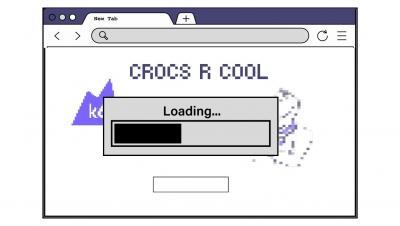Systems | Development | Analytics | API | Testing
Load Testing
Installing k6 in 1 minute
Learn more about k6:
Website: https://k6.io
Repo: https://github.com/grafana/k6
Docs: https://k6.io/docs
Learn about k6: https://github.com/grafana/k6-learn
What's New In Loadero (January 2023)
The first month of 2023 has already ended and we are excited to share the new updates and features that we implemented in Loadero over the past month and some of the fixes we made during that time. If you are using Loadero to test WebRTC solutions, make sure to read the section about updates for WebRTC metrics gathering, it also has information about important upcoming changes.
Frontend vs. backend performance testing
How to organize testing scripts in k6 (k6 Office Hours #76)
Introduction to performance testing
WebRTC Applications' Performance Monitoring
The last thing a business wants is to be known as an unreliable and poorly performing service, especially if there are similar solutions a few clicks away. So being aware of the performance of a WebRTC application or any other software solution is a must to avoid issues in the future. A solution can be developed by experienced people and tested before it is released, but even so it doesn’t mean performance degradations will never appear.
Frontend Observability with Grafana Faro x k6
The reverse load test: it worked for us
As holiday season winds down, we can reflect on the reverse load test that we did to make sure our customers could prepare for their own holiday traffic. What’s a reverse load test? OK, it's a term we just made up. But it started like any load test, with two systems: the load generator and the system under test (SUT). The focus of our test, however, was inverted. In normal load tests, testers really care only about how the SUT performs—that’s the point of the test.
Comparing LoadRunner VS k6
At k6, we get frequent requests to compare k6 vs. LoadRunner, and since I am an experienced user with LoadRunner (even certified), I will try to put both tools head to head. But comparing these tools is difficult as their components do not match 1:1. Each is a robust ecosystem with different parts, some doing multiple things that make straight comparisons more complicated. And on top of that, we constantly get new features that match up with many other components.











